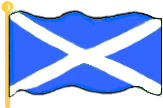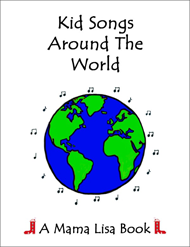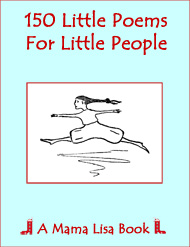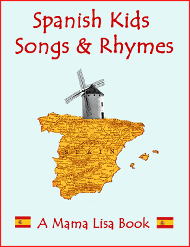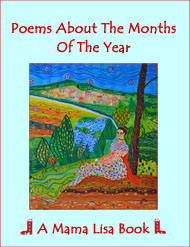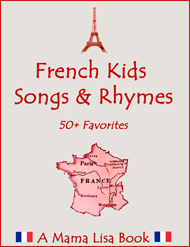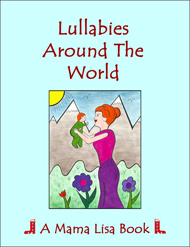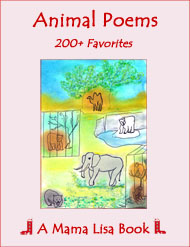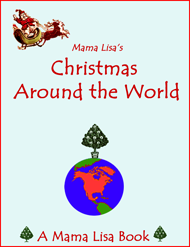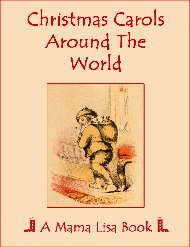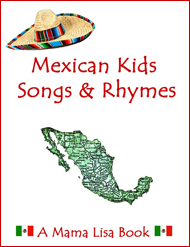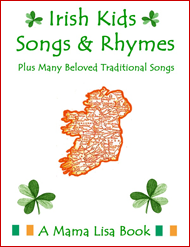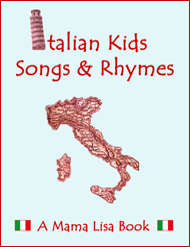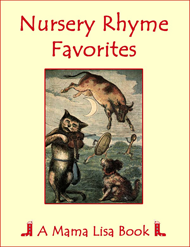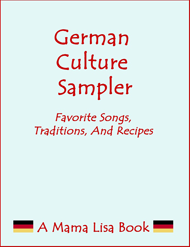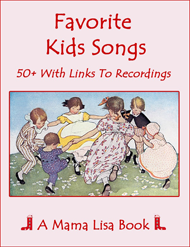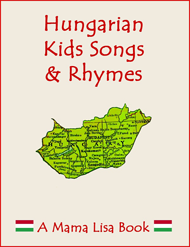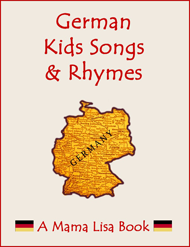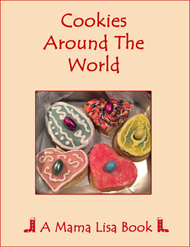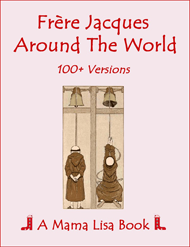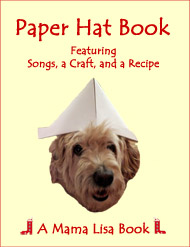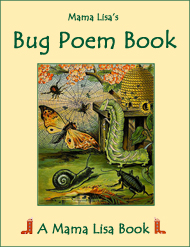O Bessie Bell and Mary Gray
The Story behind this ballad: In 1781 a Major Barry, then owner of Lednock (in Scotland) recorded the following tradition…
Mary Gray was the daughter of the Lord of Lednock, near Perth, and Bessy Bell was the daughter of the Lord of Kinvaid, a neighbouring place. Both were handsome, and the two were intimate friends. Bessy Bell being come on a visit to Mary Gray, they retired, in order to avoid an outbreak of the plague, to a bower (cottage) built by themselves in a romantic spot called Burnbraes, on the side of Branchie-burn, three-quarters of a mile from Lednock House. The ballad does not say how the 'pest cam,' but tradition finds a cause for their deaths by inventing a young man, in love with both, who visited them and brought the infection. They died in the bower, and were buried in the Dranoch-haugh ('Stronach haugh'), near the bank of the river Almond. The grave is still visited by pious pilgrims.
Major Barry mentions 1666 as the year, but the plague did not reach Scotland in that year. Probably the year in question was 1645, when the district was ravaged with the pestilence.
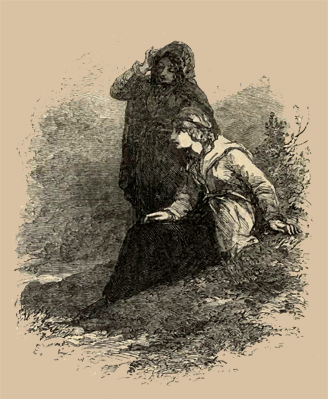
O Bessie Bell and Mary Gray
O Bessie Bell and Mary Gray
Ballad
Ballad
(Scots)
(English)
O Bessie Bell and Mary Gray
They war twa bonnie lasses
They biggit a bower on yon burn-brae
And theekit it o'er wi' rashes.
They theekit it o'er wi' rashes green,
They theekit it o'er wi' heather
But the pest cam' frae the burrows-town
And slew them baith thegither.
They thocht to lie in Methven kirk-yard
Amang their noble kin
But they maun lie in Dronach-haugh
And biek forenent the sin.
O Bessie Bell and Mary Gray
They were two pretty girls
They built a dwelling on yon burn-brae
And covered it over with rashes.
They covered it over with rashes green,
They covered it over with heather
But the pest came from the burrows-town
And slew them both together.
They thought to lie in Methven churchyard
Among their noble kin
But they must lie in Lynedoch-hill
And bask beneath the sun.
Notes
There's an English nursery rhyme about Bessy Bell and Mary Gray that came after this ballad.
Thanks and Acknowledgements
Translated into modern English by Lisa Yannucci. The illustration comes from Original Ballads by Living Authors edited by Rev. Henry Thompson (1850).


